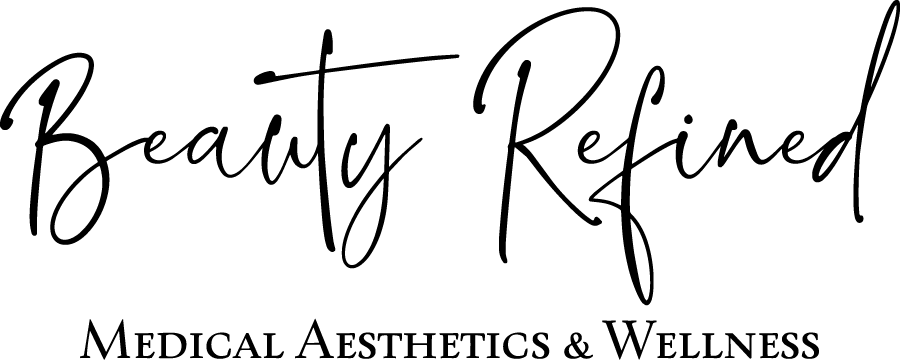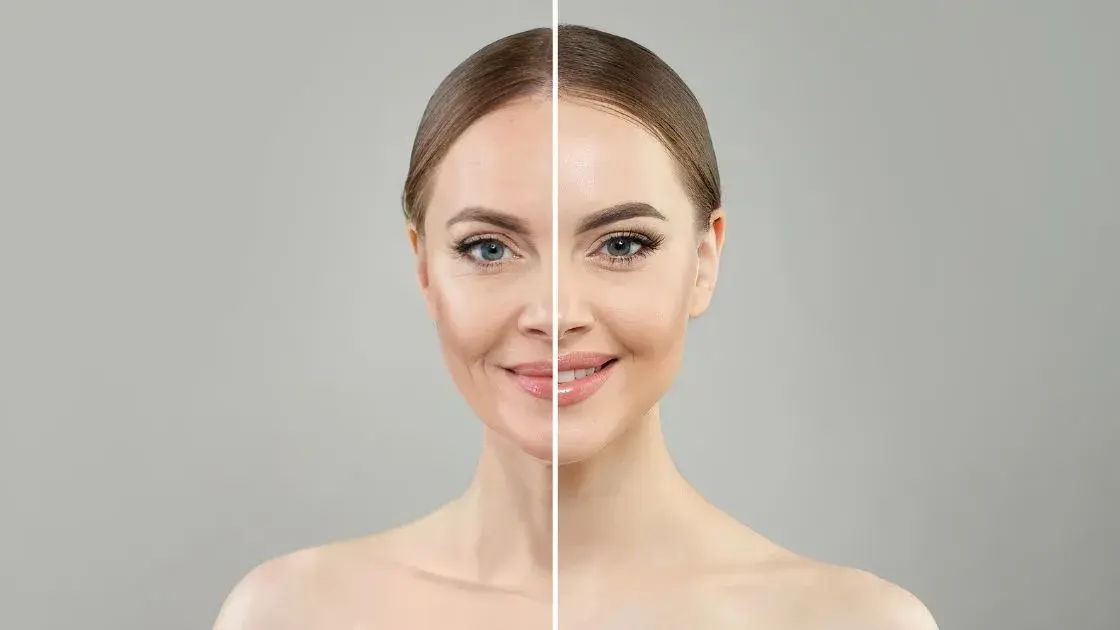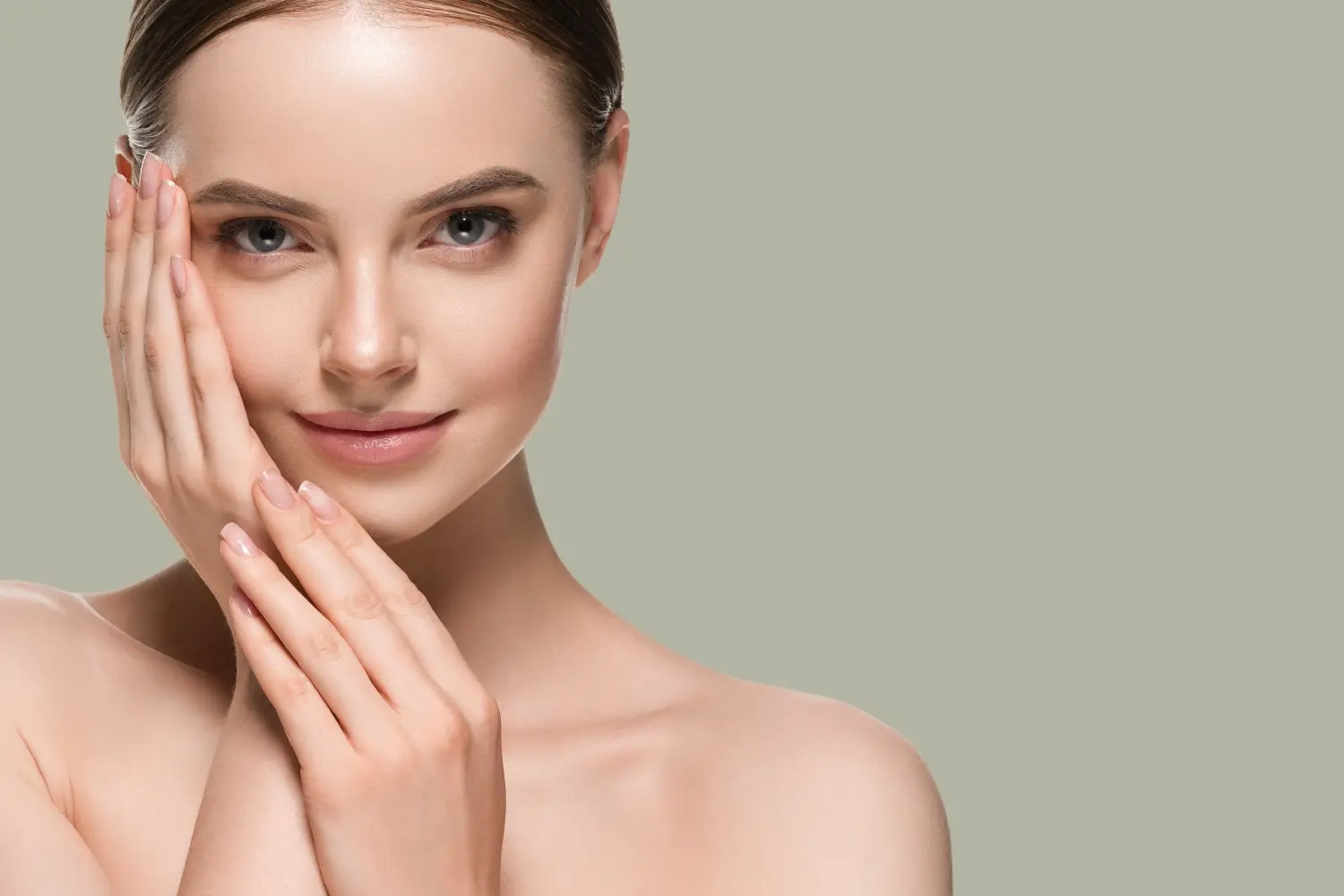Table of Contents
When it comes to rejuvenating your skin, few treatments are as trusted as CO2 laser resurfacing. It’s known for improving fine lines, wrinkles, and uneven texture by removing damaged skin and stimulating collagen renewal. But while traditional CO2 lasers have long been the gold standard for deep resurfacing, newer options like the Tetra CoolPeel CO2 have changed what’s possible, offering similar benefits with less downtime.
If you’ve been researching laser treatments, you’ve probably come across both names and wondered: which one fits your needs? The truth is, both have their place. The right choice depends on your skin type, lifestyle, and goals.
For many men and women in their 30s to 60s, especially those juggling work, family, or social commitments, results matter, but so does recovery time. They want smoother, more youthful-looking skin without having to take a week off to heal. At Beauty Refined in Greenwood Village, CO, patients often ask whether they should go for the gentler CoolPeel or the traditional CO2 laser resurfacing approach. This article breaks down how they differ, what results to expect, and how to decide which treatment fits you best.
If you’re dealing with wrinkles, sun damage, or uneven tone, and you want effective results with as little downtime as possible, this comparison is for you.
What Is a Traditional CO2 Laser Treatment?
Traditional CO2 laser resurfacing has been around for decades, and for good reason, it works. The treatment uses a carbon dioxide laser to remove the outermost layers of damaged skin, which triggers the body’s natural healing process and boosts collagen production. As new skin forms, it appears smoother, tighter, and more even in tone.
The results can be dramatic. Traditional CO2 lasers can significantly reduce deep wrinkles, sun damage, acne scars, and sagging skin. Because the laser energy penetrates deeply, it stimulates robust collagen remodeling, which continues improving skin texture for months after treatment.
However, the strength of traditional CO2 lasers also comes with trade-offs. The procedure typically involves several days of redness, swelling, and peeling as the skin heals. Most patients need about one to two weeks of recovery before they feel comfortable returning to work or social activities. During that time, strict sun protection and wound care are essential.
For patients who want noticeable improvement and are willing to accept the downtime, traditional CO2 laser resurfacing remains a trusted and effective option. But for those who prefer a lighter treatment with faster healing, newer technologies offer an appealing alternative.
What Is the Tetra CoolPeel CO2 Laser?
The Tetra CoolPeel CO2 represents a significant advancement in how CO2 energy is delivered to the skin. Instead of treating the entire surface at once, this system uses a fractional approach, meaning it creates tiny, precise microchannels in the skin while leaving surrounding tissue intact. This fractional delivery speeds up healing and reduces discomfort without compromising results.
Unlike traditional CO2 lasers that often require anesthesia or sedation, the Tetra CoolPeel in Greenwood Village, CO, uses controlled bursts of energy that treat only the superficial layer of skin. This allows patients to enjoy the benefits of laser resurfacing, like smoother texture, reduced fine lines, and brighter tone, without the extended recovery period.
Most people describe the sensation as a mild warmth or tingling during the procedure. Afterward, the skin may look pink for a day or two, similar to a light sunburn, but there’s usually no need for downtime. You can return to normal activities almost immediately.
Another advantage of this treatment is its flexibility. Providers can adjust settings to match your goals, whether you want a light refresh or a stronger collagen boost. The result is healthier, smoother skin that looks rejuvenated but still natural.
Side-by-Side Comparison: CoolPeel vs. Traditional CO2
Here’s how the two treatments compare:
- Downtime and Recovery: CoolPeel typically involves one to three days of mild redness, while traditional CO2 lasers can require seven to fourteen days of healing.
- Discomfort Level: CoolPeel feels like a light sunburn; traditional CO2 treatments can cause more heat and require topical numbing or anesthesia.
- Ideal Skin Concerns: CoolPeel is excellent for fine lines, sun spots, and mild texture issues. Traditional CO2 lasers target deeper wrinkles, scars, and more advanced photoaging.
- Treatment Intensity and Results: CoolPeel offers gradual improvements with minimal downtime. Traditional CO2 delivers more dramatic results but with a more prolonged recovery.
- Suitability for Different Skin Types: CoolPeel is safe for a broader range of skin tones because it uses controlled energy. Traditional CO2 lasers are better suited for lighter skin types due to a higher risk of pigmentation changes.
- Frequency of Sessions Needed: CoolPeel may require a series of treatments for optimal results. Traditional CO2 is usually a single, more intensive session.
Which Treatment Is Right for You?
Choosing between the two depends on how aggressive you want your treatment to be and how much downtime you can manage.
If you’re looking for a gentle yet effective resurfacing treatment that fits into a busy lifestyle, CoolPeel is an excellent choice. It refreshes your skin’s surface, smooths texture, and reduces fine lines, all while letting you return to work or social plans almost immediately. The results develop gradually, giving your complexion a more even tone and healthy glow over time.
On the other hand, if you’re targeting deeper wrinkles, significant sun damage, or scarring, a traditional CO2 laser may be more effective. It delivers stronger results in a single session, although it requires more healing time and careful aftercare. Many patients see impressive improvements that last for years.
The best way to know what’s right for you is through a professional consultation. A trained provider can assess your skin condition, discuss your goals, and recommend a customized plan. Factors such as your skin tone, lifestyle, and tolerance for downtime all play a role in determining which option gives you the best outcome.
Deciding Between CoolPeel and Traditional CO2
Both the Tetra CoolPeel CO2 and traditional CO2 laser resurfacing are powerful tools for skin rejuvenation. The main difference lies in the balance between intensity and downtime. CoolPeel offers a gentler, faster-healing experience with gradual improvements, while traditional CO2 delivers deeper, more dramatic changes that require more recovery.
If your schedule allows for extended downtime and you want a single, comprehensive treatment, traditional CO2 may be the way to go. If you prefer a lighter approach that still produces meaningful results, CoolPeel is likely the better fit.
Either way, consulting with an experienced provider ensures your treatment is safe, effective, and matched to your skin goals.
Confused between CoolPeel and traditional CO2? Let our experts guide you. Book a consultation with Beauty Refined in Greenwood Village, CO, to learn which laser resurfacing treatment can help you achieve smoother, younger-looking skin.

Come discover Beauty Refined to relax, receive medical grade pampering, and leave feeling refined.
We value our clients and want to deliver the results you are looking for to achieve your skincare goals. Your skincare journey will begin with a consultation where we develop a customized plan for you. At Beauty Refined we specialize in helping to restore volume, refining, and helping you look and feel your best.





